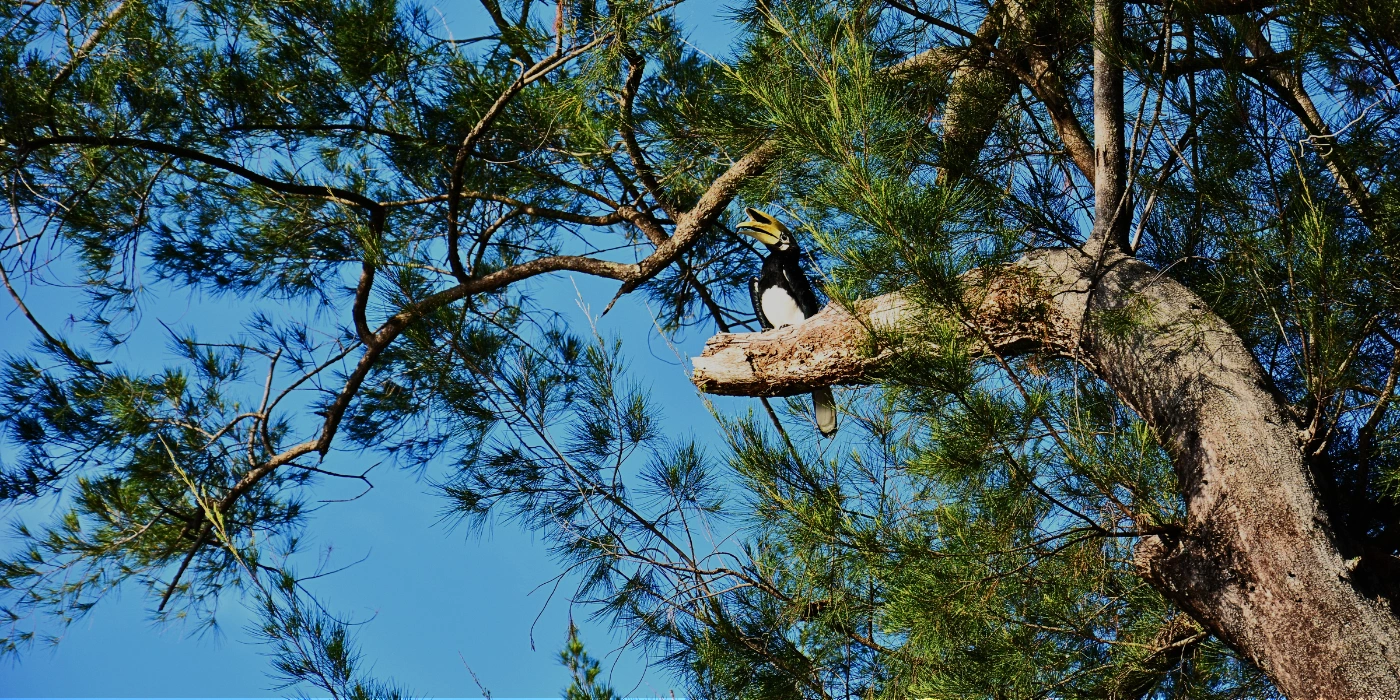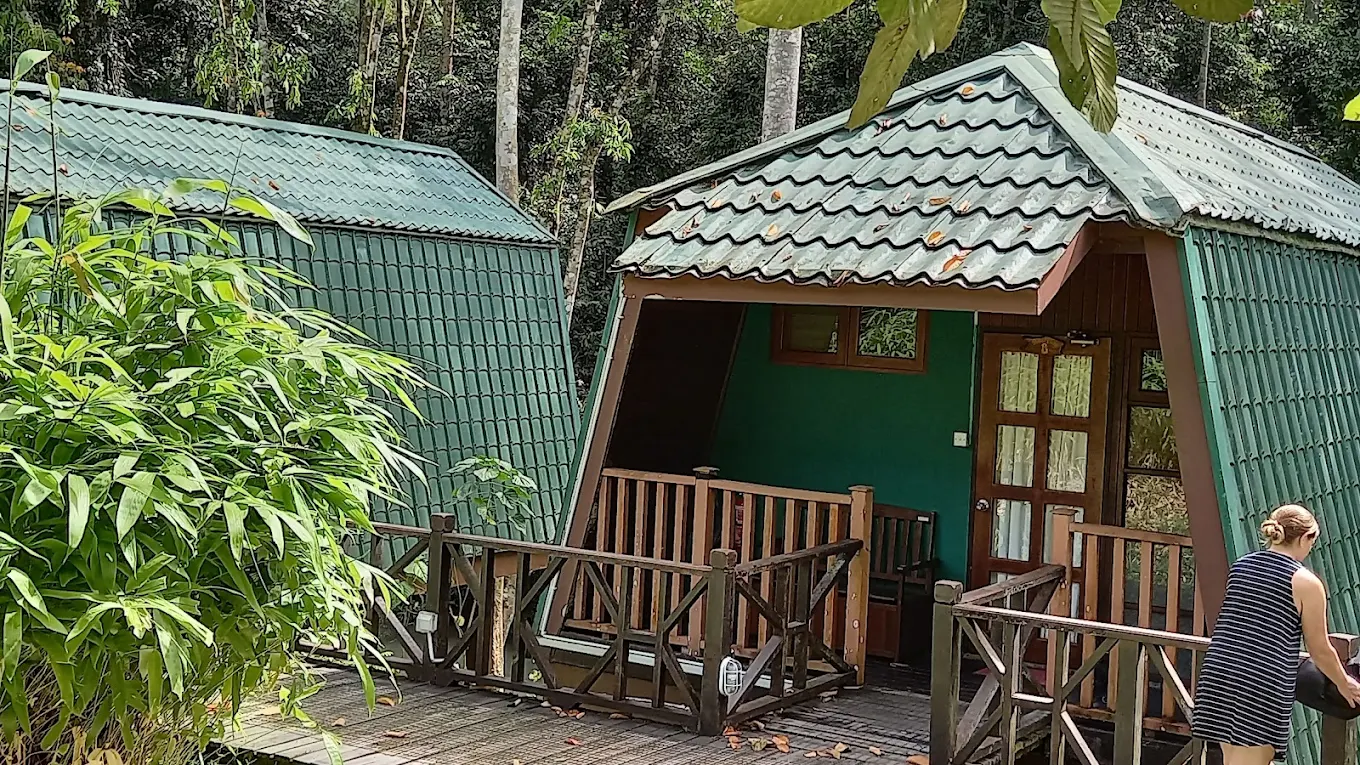- Biodiversity: Orangutans, Pygmy Elephants, Clouded Leopard, Rainforest Birds
- Top Activities: Jungle Safari, Birdwatching, Mud Valcano Trek
Introduction: Why Tabin Wildlife Reserve Belongs on Your 2025 Travel List
What Makes Tabin Wildlife Reserve Unique?

How to Get to Tabin Wildlife Reserve from Lahad Datu

Top Reasons to Visit Tabin in 2025
Top Reasons to Visit Tabin:
- Uncrowded wildlife encounters
- Active conservation-based tourism
- Upgraded birdwatching infrastructure
- Unique mud volcano hiking experiences
- Ideal conditions for eco-photography
Wildlife Encounters in Tabin Reserve

Tabin Mud Volcano: Nature’s Spa and Wildlife Magnet

Best Time to Visit Tabin for Wildlife and Eco Tours

Accommodation Options in Tabin: Where to Stay

Choosing the Right Tour: 3D2N vs 4D3N Packages
Tabin vs Danum Valley: Which One Should You Choose?
Birdwatching in Tabin: A Paradise for Bird Lovers

Romantic Wildlife Retreats: Is Tabin Ideal for Couples?
What to Pack for a Jungle Trip to Tabin
Eco-Friendly Travel Tips for Visiting Tabin

Final Thoughts: Plan Your Tabin Adventure in 2025
Frequently Asked Questions about Tabin Wildlife Reserve
Tabin Wildlife Reserve is known for its incredible biodiversity, remote rainforest environment, and the famous mud volcano that serves as a natural salt lick attracting wildlife. It's one of the best places in Sabah, Borneo to see endangered species like Pygmy Elephants, Orangutans, and rare birds, all while contributing to conservation-based tourism.
The best time to visit Tabin Wildlife Reserve is during the dry season, from March to October. These months offer more comfortable trekking conditions, fewer insects, and better wildlife visibility as animals tend to gather near water sources and salt licks like the mud volcano.
To reach Tabin Wildlife Reserve, fly from Kota Kinabalu to Lahad Datu, then take a 1.5 to 2-hour 4WD transfer arranged by your tour provider or lodge. The drive passes through palm oil plantations before entering the reserve’s lush rainforest.
Visitors to Tabin Wildlife Reserve typically stay at Tabin Wildlife Resort, an eco-lodge nestled along the Lipad River. It offers private chalets with en-suite bathrooms, balconies overlooking the jungle, and guided nature experiences—all designed to blend comfort with sustainability.
Yes, Tabin Wildlife Reserve is perfect for both couples and families. Couples can enjoy a romantic, off-grid escape in nature, while families benefit from educational treks, wildlife encounters, and kid-friendly jungle experiences. The reserve is safe, well-managed, and offers experiences suitable for all ages.
